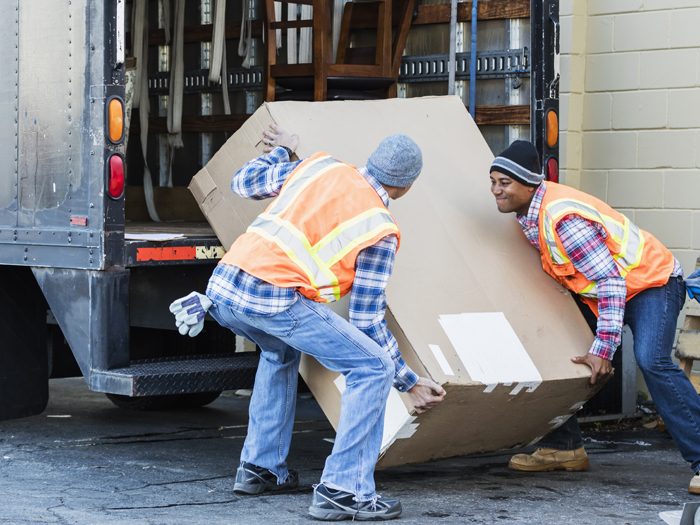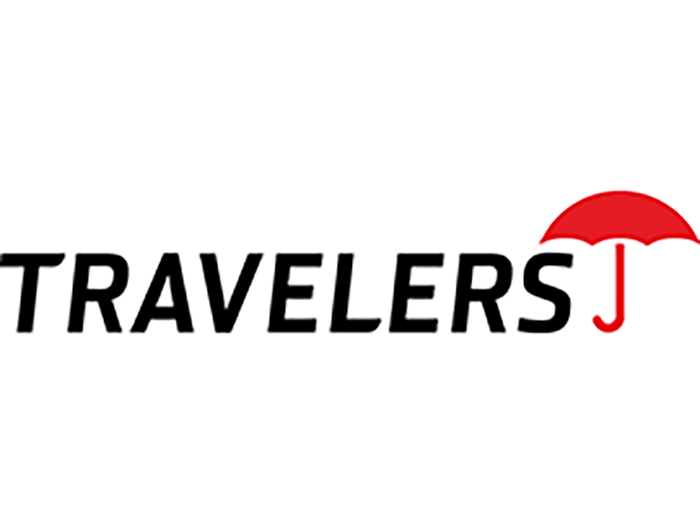5 Simple Steps Toward Creating a Safer Workplace

Employees in all industries, whether new or established or based in an office or a warehouse, face growing physical demands that can lead to accidents and work-related injuries.
Human resource departments are responsible for several different functions within every business. At the top of their list is creating a safe environment for employees and addressing occupational risks as they arise.
HR teams and members of risk management departments are often the first to file reports on accidents that occur on the job, but what exactly does this entail? Unfortunately, many employees and even employers are unaware of the necessary steps in this process.
“It is important for human resource administrators to be proactive and keep their employees informed about occupational risks,” said Reed Hanoun, founder and CEO of MyAbilities. “Educating staff about safety procedures and communicating the significance of accident reporting in advance can help to streamline accident claims and mitigate the impacts of workplace injuries altogether.”
If you’re looking to optimize organization standards and prevent future workplace injuries, here are some steps all HR and risk departments should take to ensure employees are prepared:
1) Educate your workers on safe workplace habits
‘Safety First’ is heard in every workplace, but ultimately it is up to the HR and risk departments to implement cultural standards that uphold such a statement. Regular safety training, as well as comprehensive training during the hiring process, is one way to make certain employees are educated on how to prevent injury as best as possible in the workplace.
So what are some safety training methods that really work?
“I have found particularly in modern work spaces, where you see a lot of television displays having video demonstrations of safe lifting, that has been a very effective method,” said Michael Sonne, vice president of innovations and research, MyAbilities.
“We did a large study a few years ago up here in Canada. We looked at what were the most effective ways of conveying messages on safe lifting. And it was amazing how many times the traditional posters or memos being posted around a facility were viewed as the best way to do that — having posters up. One quick sheet on one tip at a time. Little digestible pieces of what you are trying to execute — those end up being some of the most effective ways of educating workers,” Sonne said.
2) Provide access to information and workplace resources
While regular education on injury prevention in the workplace is extremely necessary, HR and risk departments must supplement training procedures with accessible instruction manuals and workplace resource documents.
The average person will only remember about 25 percent of what they listen to, so creating a written or digital handbook that outlines rules regarding organizational risk is one way to keep employees aware and accountable.
What other methods should be considered?
“What I have seen in some really progressive workplaces is almost creating apps for smartphones or mobile access websites where there can be messages on safety pointers and ergonomic tips for the workers to act on,” Sonne said. “So, if you have got an intranet in your company and you want to give your workers access to that, just make sure it’s mobile friendly so that [they] can receive that information.”
Sonne continued, “And even internally in a company, if you are going to go down that road, you can have a link on your web page, where people can access that information so people can constantly be reminded that ‘Hey, it’s not that much work for me to work safely or work with my own human body in mind, and if I need more information on that I know where to go,’ and it is all internal to the company.”
3) Get in the habit of accident reporting
Report every incident, even if the injury is something small, like a jammed finger or small cut from a knife. Injuries that seem minimal at first glance may escalate and require future medical attention, so it is essential for incidents to be actively reported and for documentation to be firmly in place.
You and your employees can never be safe enough when it comes to workplace injury, even if it is just a small accident.
“I think having a transparent reporting process, where people don’t necessarily feel pressured if they do some sort of a report, is important,” Sonne said. “Whether it be a comment box or some sort of reporting where it can be anonymized, those sorts of things can be effective.”
Recently, Risk & Insurance® gave one of its prestigious Teddy Awards to Starbucks for one of its pillars of workers’ compensation innovation: self-reporting of workplace injuries.
“Partner self-reporting — that opened the door,” Noreen Olson, manager of claims, risk management, Starbucks Coffee Company, told R&I. “It was a way of saying, ‘We trust you. We know you feel a need to receive health care.’ With that hand of trust, we set up a basis for a good and supportive claim from the start.”
(For a deeper dive, here is a list of every Teddy Award winner since 1994.)
When it comes to self-reporting, “Some people can be concerned about over-reporting, but I don’t think that’s really a challenge, because at least it’s going to give you trends and it’s going to give you areas to look at and be proactive [about] and stop things from happening in the first place,” Sonne said.
“Whether or not there is an obvious risk factor, if the workers feel there is some concern there, you can even make some kind of an implementation just around their feedback and that can go a long way toward creating safer behavior,” he added.
4) Make sure incidents are properly documented
While reporting is important, many workers, and even employers, are misinformed about the necessary steps to take when an injury occurs.
Third-party companies such as Crawford and Company provide comprehensive outlines for employees, employers and the Workers’ Compensation Board. Investing time and confirming that every incident detail is documented accurately can potentially save employers thousands of dollars.
5) Offer modified duties to workers at the onset of a claim
One common mistake that employers make is not offering modified duties to injured employees after a workplace injury.
Providing modified duties helps both the employer and the employee; oftentimes the employee doesn’t want to be away from work for too long, and the employer doesn’t want the added expense of missed work days and experience claims costs.
HR and risk departments should be in constant communication with other departments of their organization to seek out alternate work that could be appropriate for a recovering employee.










